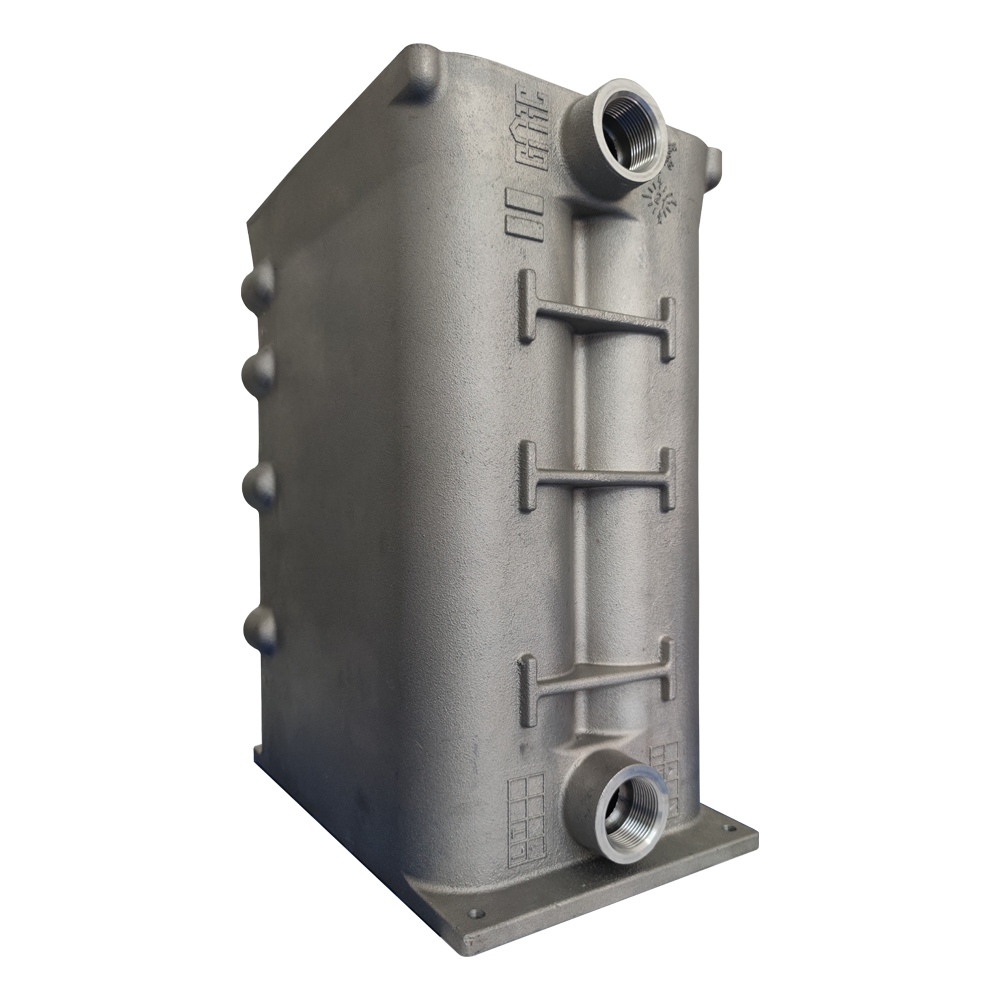10 月 . 14, 2024 11:44 Back to list
Steel-Reinforced Concrete Pipe Mold Base Ring Design and Fabrication Techniques
Steel Reinforced Concrete Pipe Mold Bottom Ring
Steel reinforced concrete (SRC) pipes have become a fundamental component in various construction and civil engineering projects. Their strength, durability, and ability to withstand shifting ground conditions make them particularly suitable for drainage, wastewater management, and other applications. One crucial aspect of the manufacturing process for these pipes is the mold used, specifically the bottom ring of the mold, which plays a significant role in shaping the final product.
Understanding the Role of the Bottom Ring
The bottom ring of the mold serves as the foundational shape for the concrete pipe during the casting process. This component must precisely conform to the desired inner and outer diameters of the pipe while providing a strong support structure for the wet concrete until it cures. The design and manufacture of the bottom ring are critical, as any imperfections can lead to defects in the pipe, such as uneven thickness or improper diameters that could compromise its structural integrity.
Material Selection and Design
When considering the material for the bottom ring, manufacturers typically opt for high-strength steel due to its ability to withstand the compressive forces exerted by the wet concrete. This steel is often treated to resist corrosion, considering that the molds will frequently come into contact with moisture-laden materials. An effective design of the bottom ring must also take into account the capacity for easy release from the concrete once it has set—integrated tapered edges or coatings can be helpful in this regard.
Manufacturing Process
The manufacturing of the bottom ring involves several key steps. Initially, the steel is cut into the required shapes and sizes before undergoing a welding process to ensure strength at the joints. Once the ring is assembled, it undergoes various quality checks to confirm its dimensions and structural integrity. Following this, the bottom ring is often coated with a suitable release agent that prevents the concrete from sticking during the demolding process.
steel reinforced concrete pipe mold bottom ring

The Importance of Precision
Precision is paramount in the production of the bottom ring. Variations in diameter, wall thickness, or even surface irregularities can lead to significant problems in the final concrete product. An ill-fitted bottom ring may result in a pipe that is either too weak to handle its intended load or too rigid, leading to cracking under pressure. Therefore, advanced technologies such as CNC machining are commonly employed to ensure that every mold component—including the bottom ring—is crafted to exact specifications.
Enhancements Through Technology
The evolution of manufacturing technology has also introduced innovations in the design and production of mold components, including the bottom ring. For instance, the use of 3D printing for prototype molds allows for rapid iteration and testing of different designs before mass production. Additionally, computer simulation and modeling tools can predict how the bottom ring will perform under various conditions, helping manufacturers optimize their designs before material selection and fabrication.
Conclusion
The bottom ring of a steel reinforced concrete pipe mold is vital for producing pipes that meet the rigorous demands of modern infrastructure. Its design and fabrication directly influence the quality and performance of the final concrete product. As technology continues to evolve, the methods and materials used in the production of these molds will only improve, leading to enhanced efficiencies and better-performing pipes. Ultimately, investing in high-quality mold components like the bottom ring ensures that the pipes produced will be reliable and meet the high standards required for today’s civil engineering projects.
In summary, the bottom ring of the mold is often overlooked yet plays a fundamental role in the overall production process of SRC pipes. Its contribution toward shaping resilient and durable concrete products cannot be overstated, making it an essential element in the field of construction and engineering.
-
Durable Cast Steel Concrete Pipe Mold Bottom Rings & Base Trays
NewsAug.23,2025
-
Centrifugally Cast Iron Water Main Pipe for Reliable Mains
NewsAug.22,2025
-
Durable Centrifugally Cast Iron Water Main Pipe
NewsAug.11,2025
-
Centrifugally Cast Iron Water Main Pipes for Reliability
NewsAug.10,2025
-
High-Quality Centrifugally Cast Iron Water Main Pipes
NewsAug.09,2025
-
Durable Cast Iron Water Main Pipe & Drainage Solutions
NewsAug.08,2025


